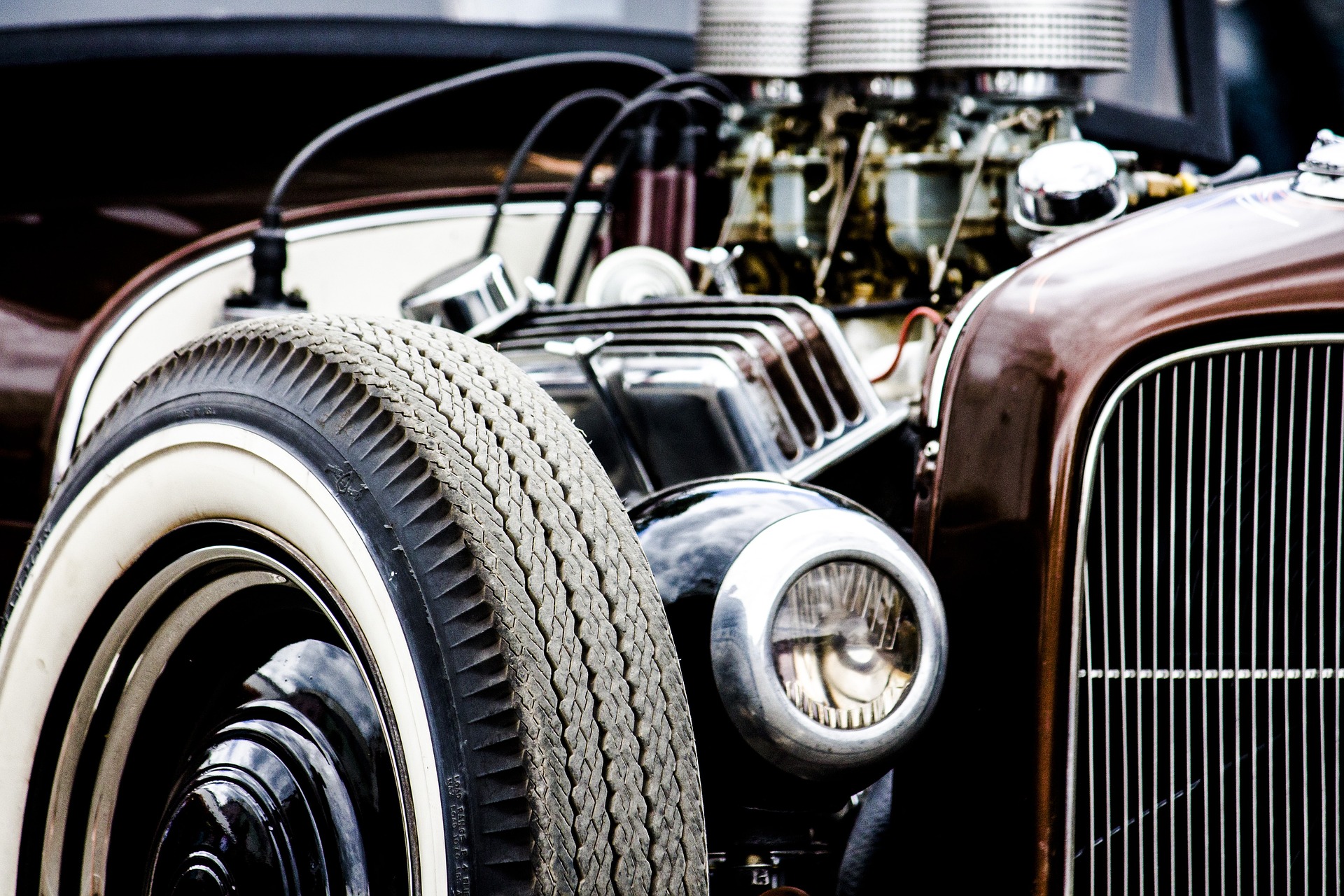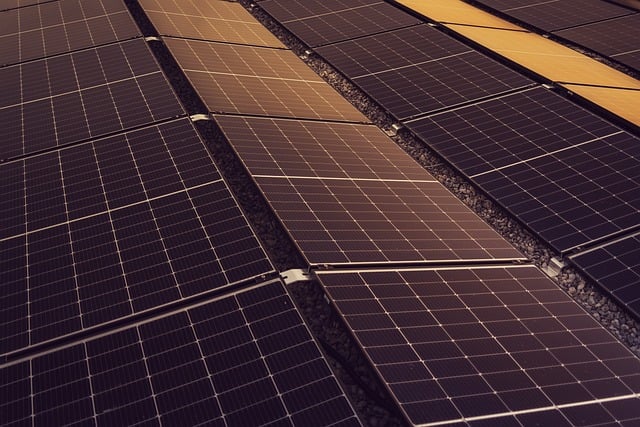The Intricate Dance of Torque Vectoring: A Deep Drive into Modern Handling Technology
In the world of high-performance cars, handling is king. And in the realm of handling, the monarch is undoubtedly Torque Vectoring. This technology is revolutionizing how our vehicles negotiate curves, making every drive smoother, safer, and more enjoyable. Let's take a deep dive into this fascinating mechanism, unravel its historical roots, and explore its profound impact on modern driving dynamics.

A Journey Back in Time: The Genesis of Torque Vectoring
The concept of torque vectoring traces back to the early 20th century with the invention of the differential, a device that allows each of the vehicle’s wheels to rotate at different speeds. This was a breakthrough in automotive technology, as it provided better vehicle control and stability, particularly when cornering. The advancement of this concept led to the birth of torque vectoring, a more sophisticated version of the differential system.
The Mechanics Behind the Magic: How Does Torque Vectoring Work
At its core, torque vectoring is about controlling the distribution of power between the wheels of a car. This technology employs advanced algorithms that constantly analyze data from various sensors, monitoring parameters like vehicle speed, steering angle, and yaw rate. Based on these data, the system adjusts the torque sent to each wheel, maximizing traction and improving handling. In essence, torque vectoring makes cornering smoother, reducing the risk of oversteer or understeer.
The Current Wave: Torque Vectoring in Today’s Automotive Scene
Presently, torque vectoring is a significant feature in many high-performance vehicles, from sports cars to SUVs. It’s not just a luxury anymore; it’s a necessity for any vehicle aiming for superior road performance. Brands like Audi, BMW, and Porsche have integrated this technology into their models, leading to improved driving dynamics, better safety, and increased driver satisfaction.
The Impact and Challenges: The Pros and Cons of Torque Vectoring
The most notable benefit of torque vectoring is enhanced vehicle control, especially during cornering. It offers a more balanced and predictable driving experience, which can be a lifesaver in dangerous driving conditions. However, this advanced technology does have its challenges. It adds a layer of complexity to the vehicle’s mechanics, which can increase manufacturing costs and potentially lead to more frequent maintenance.
Looking Forward: The Future of Torque Vectoring
As automotive technology advances, so too does the potential for torque vectoring. With the increasing popularity of all-wheel-drive systems, torque vectoring is set to become even more prevalent in the automotive industry. As the technology becomes more refined and affordable, expect to see an increasing number of vehicles equipped with torque vectoring, providing drivers with a superior, safer, and more enjoyable driving experience.
In conclusion, torque vectoring is a revolutionary technology that has significantly improved vehicle handling, providing drivers with a more immersive and controlled driving experience. As we look to the future, this technology promises to continue enhancing our vehicles and driving experiences, keeping us safer and more connected to the road than ever before.


